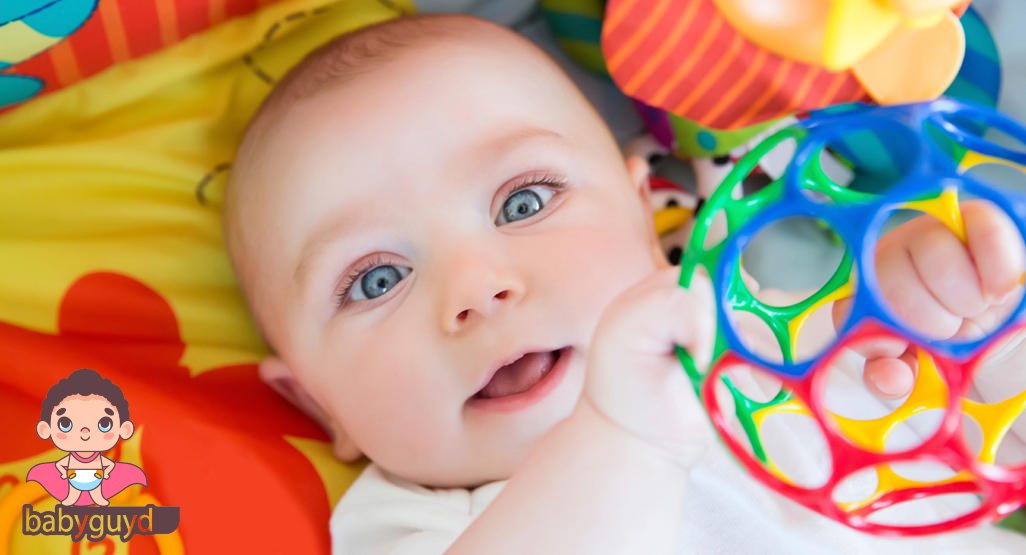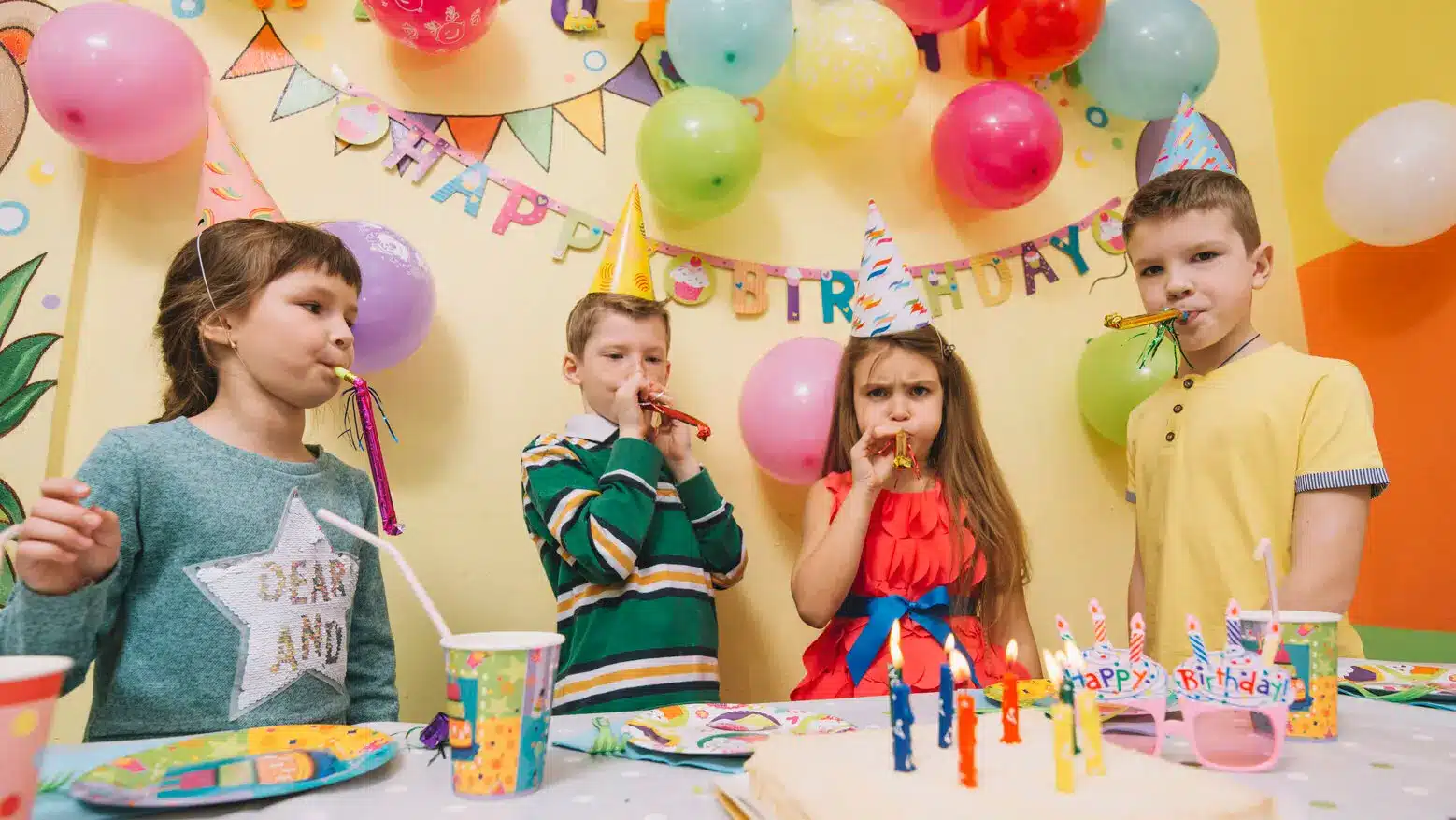With so many toy options available, knowing what’s safe for your baby can feel overwhelming. That’s why following clear guidelines for choosing safe toys for babies is so important. From age recommendations to avoiding choking hazards, the right knowledge helps parents make smart, safe choices that protect their child while encouraging healthy play and development.
1. Follow Age Recommendations Carefully
Age guidelines on toy packaging aren’t just suggestions—they’re safety standards. Many toys labeled for ages 3 and up contain small parts that pose a choking hazard to younger children. Likewise, electric toys with heating elements are not safe for children under 8.
Always check age labels to ensure the toy matches your child’s developmental stage.
2. Avoid Toys with Small Magnets
The U.S. Consumer Product Safety Commission (CPSC) classifies small magnets as a hidden home hazard. If swallowed, magnets can attract inside the body and cause serious internal injuries. For this reason, avoid any toy that contains small, detachable magnets—especially for children under 14.
Even magnetic pieces in household objects can pose a risk, so keep magnets completely out of reach.
3. Keep Button Batteries Away from Children
Button batteries are extremely dangerous if swallowed. These small, coin-shaped batteries can cause severe internal burns or even be fatal. If a toy uses button batteries, store it securely and keep it out of reach when not in use.
Better yet, avoid buying toys that use button batteries altogether. When in doubt, skip it.
4. Steer Clear of Toys with Long Cords or Strings
Toys with cords or strings longer than 12 inches can pose a strangulation risk. Once your baby can get on their hands and knees, remove hanging toys like crib gyms and mobiles.
Older toys may also have dangerous attachments—like toy phones with cords—so inspect all items carefully. Even guitar straps or pull strings can become hazards. When in doubt, cut off any cords or skip the toy entirely.
5. Watch Out for Choking Hazards
For children under age 3, all toy parts should be larger than your child’s mouth to prevent choking. Use a choking hazard test cylinder (or a toilet paper roll as a DIY guide) to check toy sizes.
Small eyes, beads, buttons, and detachable parts are potential risks. Always choose toys with securely attached components and smooth edges.
6. Inspect All Toys—New or Used
Whether you’re buying brand-new or second-hand, always inspect toys before giving them to your child. Watch for:
-
Loose parts (like eyes or buttons)
-
Peeling paint
-
Sharp edges or broken seams
-
Stuffing that could spill out of plush toys
Wooden toys can be sanded smooth if they splinter, and plush toys should have tightly stitched features with no detachable parts.
7. Make Sure the Toy Matches Your Child’s Abilities
Don’t size up just to save money—especially when it comes to items like bikes, scooters, or ride-on toys. A toy that’s too advanced can increase the risk of falls or injuries. Choose toys your child is physically and developmentally ready to use safely.
8. Store Toys Safely
Teach children to put away their toys after playtime to prevent tripping hazards. If you use a toy box, opt for one without a lid or a box with a safety hinge to prevent the lid from slamming shut.
A lid that stays open in any position is best. Always supervise clean-up time for younger children.
Read more about 9 Ways to Relax and Bond with Your Child…
Conclusion: Smart Toy Choices = Safer Playtime
By following these safety guidelines, you can reduce risks and ensure your child’s playtime remains fun and injury-free.
Always supervise your baby or toddler while they’re playing, and keep toys stored safely when not in use.
Most importantly, trust your instincts—if a toy seems unsafe, skip it and choose one that meets all the right safety standards. Your child’s safety is worth it.




